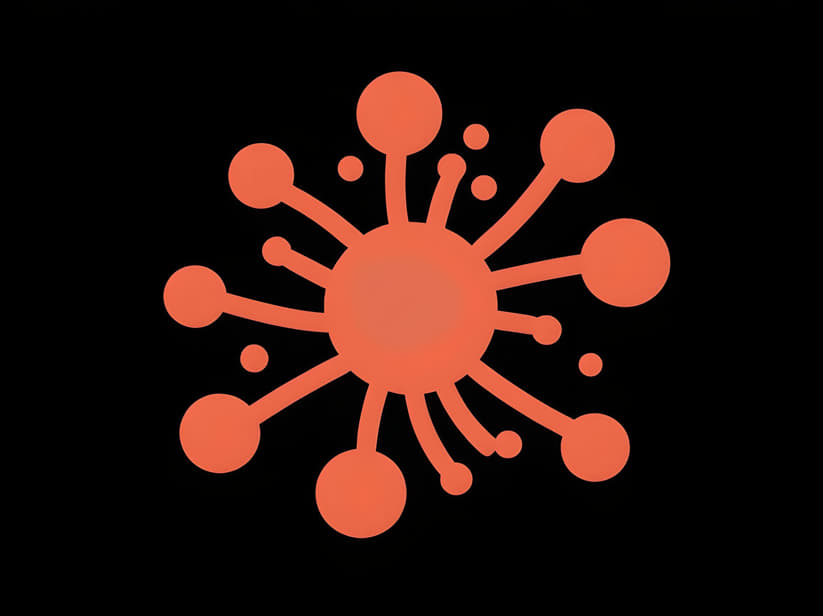
In the realm of biology and anatomy, the sarcoplasm is a critical component within muscle cells that plays a pivotal role in muscle function and movement. This article delves into the intricate structures known as bundles of protein filaments found within the sarcoplasm, shedding light on their composition, function, and significance without creating source links.
Anatomy of Muscle Cells and Sarcoplasm
Muscle cells, also known as muscle fibers, are complex structures composed of various specialized components designed to facilitate contraction and movement. Within each muscle cell, the sarcoplasm serves as the cytoplasm equivalent, encompassing essential organelles, proteins, and structures necessary for cellular function.
Protein Filaments in Muscle Contraction
Muscle contraction relies on the coordinated interaction between two types of protein filaments within the sarcoplasm:
- Actin Filaments: Actin filaments, also known as thin filaments, are composed primarily of the protein actin. These filaments are thin, flexible structures that form a lattice-like network within the sarcomere, the basic contractile unit of muscle fibers.
- Myosin Filaments: Myosin filaments, also called thick filaments, consist predominantly of the protein myosin. These filaments are thicker and more rigid compared to actin filaments and are interspersed among actin filaments within the sarcomere.
Organization into Sarcomeres
Sarcomeres are the fundamental units of muscle contraction and are organized in a highly structured manner within muscle fibers:
- Z-Discs: Sarcomeres are delineated by Z-discs, which serve as anchor points for actin filaments and are located at either end of the sarcomere.
- I-Band, A-Band, and H-Zone: Within the sarcomere, distinct regions include the I-band (composed of actin filaments only), the A-band (overlapping region of actin and myosin filaments), and the H-zone (region containing myosin filaments only).
- Sliding Filament Theory: Muscle contraction occurs when myosin heads bind to actin filaments, causing the filaments to slide past each other. This sliding action shortens the sarcomere, leading to muscle contraction.
Bundles of Protein Filaments in Sarcoplasm
Within the sarcoplasm, bundles of protein filaments are organized to optimize muscle function:
- Sarcomere Arrangement: Actin and myosin filaments are arranged in parallel bundles within the sarcoplasm, ensuring efficient transmission of contractile forces during muscle contraction.
- Cross-Bridges: Myosin heads extend from the myosin filaments and form cross-bridges with actin filaments during contraction. This interaction is mediated by ATP (adenosine triphosphate), providing the energy necessary for muscle movement.
- Regulatory Proteins: Other proteins, such as tropomyosin and troponin, play regulatory roles in controlling the interaction between actin and myosin filaments, thereby modulating muscle contraction and relaxation.
Role in Muscle Function and Movement
The organization of bundles of protein filaments within the sarcoplasm is essential for various aspects of muscle function:
- Force Generation: The alignment and interaction of actin and myosin filaments enable muscle fibers to generate force and produce movement in response to neural stimulation.
- Energy Utilization: ATP hydrolysis fuels the cyclic interaction between actin and myosin filaments, enabling repeated cycles of muscle contraction and relaxation.
- Adaptation to Exercise: Exercise-induced adaptations, such as hypertrophy (increase in muscle size) or atrophy (decrease in muscle size), involve changes in the organization and density of protein filaments within muscle cells.
Clinical Relevance and Research Implications
Understanding the structure and function of bundles of protein filaments in sarcoplasm has significant implications for clinical research and healthcare:
- Muscle Disorders: Disorders affecting protein filament organization or function, such as muscular dystrophies or myopathies, can impair muscle contraction and movement.
- Therapeutic Strategies: Research focused on manipulating protein filament interactions may lead to novel therapeutic strategies for treating muscle-related disorders or enhancing athletic performance.
- Biomedical Engineering: Insights into muscle biomechanics and protein filament dynamics inform the development of biomedical devices and technologies aimed at restoring or enhancing muscle function.
Bundles of protein filaments within the sarcoplasm represent essential components of muscle cells, orchestrating the intricate process of muscle contraction and movement. From their organization within sarcomeres to their roles in force generation and energy utilization, these filaments exemplify the complexity and efficiency of biological systems. By unraveling their structure and function, researchers continue to deepen our understanding of muscle physiology and explore new avenues for therapeutic interventions and advancements in healthcare.